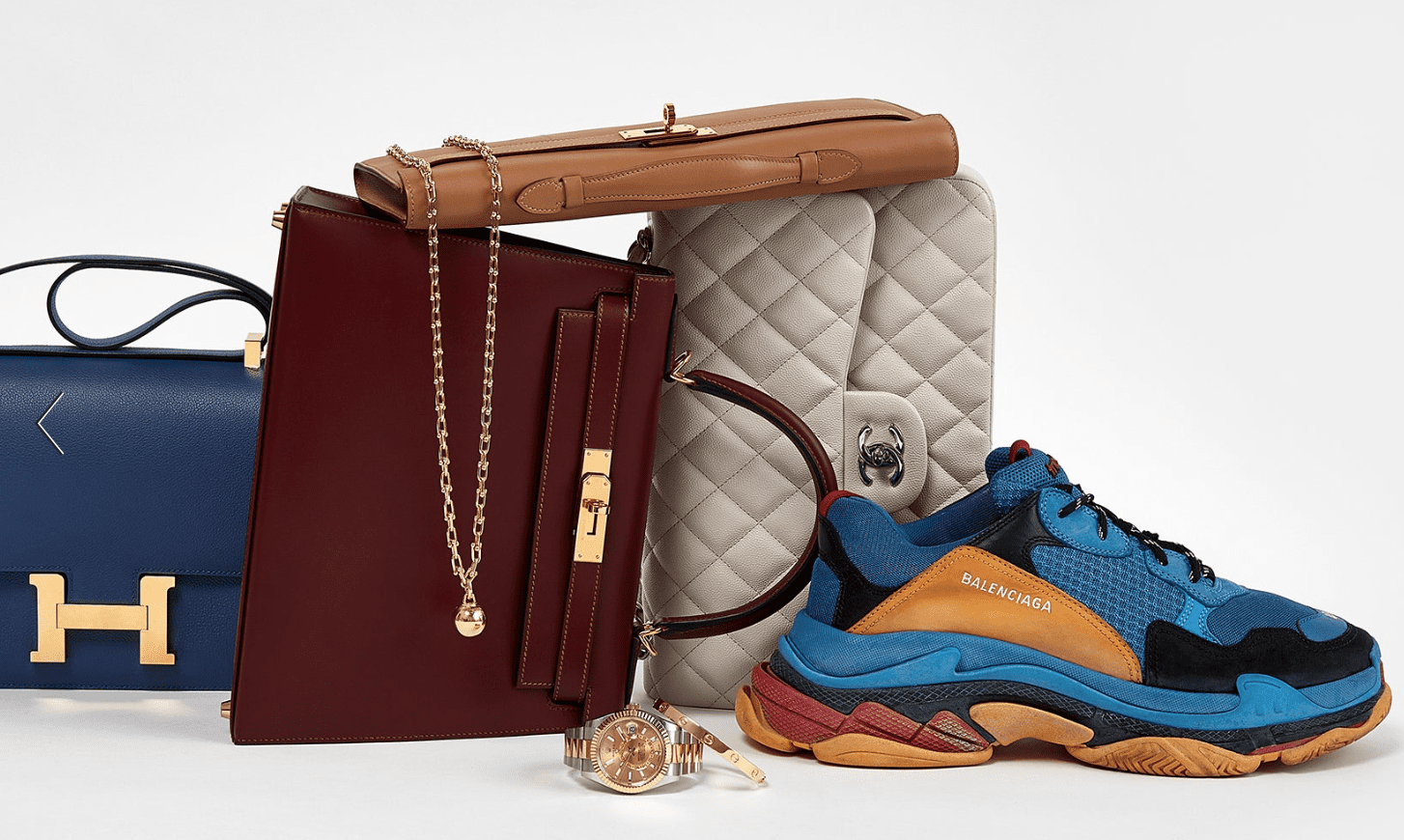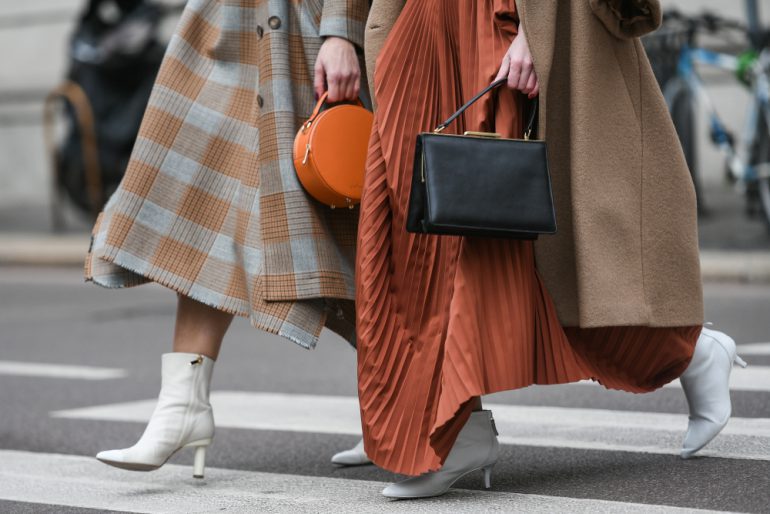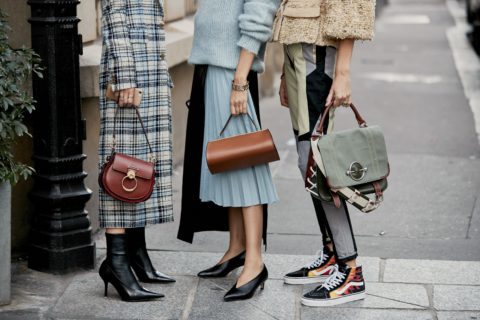The resale market for luxury goods isn’t new, but it is now in the spotlight as it becomes one of the fastest-growing luxury trends.
The stigma formerly associated with buying pre-owned items is fading.
Even celebrities are openly endorsing pre-owned luxury goods. The Kardashians-Jenners, for example, is making a move into the resale market, with the launch of Kardashian Kloset. The e-commerce site sells items like clothing, shoes and handbags that once belonged to the celebrity family members
The secondary market for premium and luxury goods refers to the market where consumers buy and sell pre-owned designer items. Secondary market sellers entrust their goods to a consignment store or try to sell their items directly themselves. Buyers, on the other hand, have the opportunity to acquire designer items at a discount on secondhand resale websites.

Photo Credit: The Fashion Law
Digital is transforming the luxury resale industry by facilitating secondary market connections and accelerating transactions.
Overall, 75–80 percent of luxury consumers are still strictly new-product buyers. However, consumer behaviours and concerns are changing, pointing many toward pre-owned products. In the watch market, for example, by 2025 we expect that resale will comprise a full third of the total market. These patterns have been accelerated by the pandemic, by digitization, and by the so-called “generational headwind”: younger buyers (Generation Z and Millennials) are significantly more willing than Generation X and older to purchase pre-owned products.
Around half the luxury resale trade currently consists of jewelry and watches, with handbags and shoes comprising just over a third; it is mainly oriented towards women’s fashion. The market is situated largely in the European Union, followed by the US. Ten percent lies in China. While the trade is still largely offline, online platforms are growing very much faster. Indeed, specialized digital platforms for trading pre-used goods, with a 25–30 percent market share, are driving much of the sector’s growth, with a predicted expansion of 20–30 percent per annum.

Photo Credit: Retail in Asia
Buyers and sellers flock to these online marketplaces, attracted by the range of unique products and services offered: from pick-up, storage, and delivery to repair and refurbishment; from authentication to price-setting advice; and from high-end photography and copywriting to virtual shopping events. For these specialist services, platforms may add a commission of 20–40 percent on top of the selling price.
So, the resale/ secondary market is the new way to get luxury goods.
Source: Mckinsey
Published on HOLR Magazine.


